Emas-Taquari
Biodiversity Corridor Carbon Project
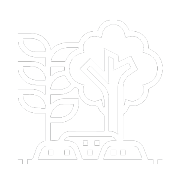
ARR (Afforestation, Reforestation and Revegetation)



The Emas-Taquari Biodiversity Corridor Carbon Grouped Project is an initiative aimed at recovering degraded areas on private properties in the Brazilian Cerrado. Undertaken in partnership with Oréades, this is an Afforestation, Reforestation and Rehabilitation (ARR) project, registered on the Verra platform under ID 738.



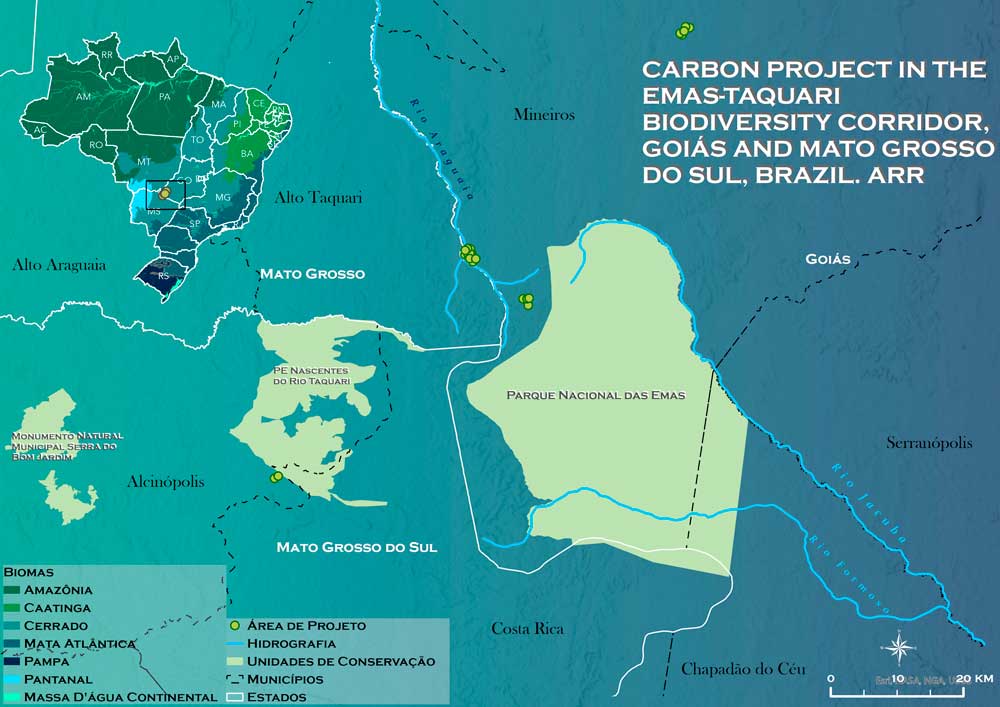
Performed
2011-2021
19+
thousand tCO2e removed
*Vintage verified by Verra
2011-2021
500+
ha reforested
Performed
Projection
Projection Year 1 to 40
2.5+
million* tCO2e removed
Projection Year 1 to 40
5.7+
thousand* ha reforested
*Projection based on expansion plan.
Located in the
Cerrado Biome
Status
Ongoing

ARR
The birthplace of waters
The second largest biome in South America, the Cerrado covers an area of 2 million km2, around 22% of the national territory. It is home to the headwaters of the three largest hydrographic basins in South America, which results in a high aquifer potential and favors its biodiversity.
The Brazilian Cerrado is recognized as the savannah with the greatest biological diversity in the world. Many populations survive on its natural resources, including indigenous ethnic groups, Quilombolas (Maroons) and river dwellers. Nonetheless, it is the Brazilian biome with the lowest percentage of areas under full protection: 8.21% of its territory is legally protected by conservation units.
After the Atlantic Forest, the Cerrado is the Brazilian biome that has been most affected by human occupation. Due to the growing pressure to open up new areas to produce meat and grains for export, the region’s natural resources have been progressively depleted over the last three decades.
Reclaiming and conserving the Cerrado’s forest cover is crucial for preserving biodiversity and maintaining ecosystem services, especially water supply and energy generation for most of the country’s population.
The Emas-Taquari project is currently taking place on private properties located on the border of the states of Goiás, Mato Grosso and Mato Grosso do Sul, in the Taquari and Araguaia river basins, a biodiversity corridor that links the Nascentes do Taquari State Park to the Emas National Park. Accounting for 10% of all Cerrado areas that have been rehabilitated, the project promotes the protection of springs, native fauna and flora, besides rendering rural properties compliant with current environmental legislation.
Before and After
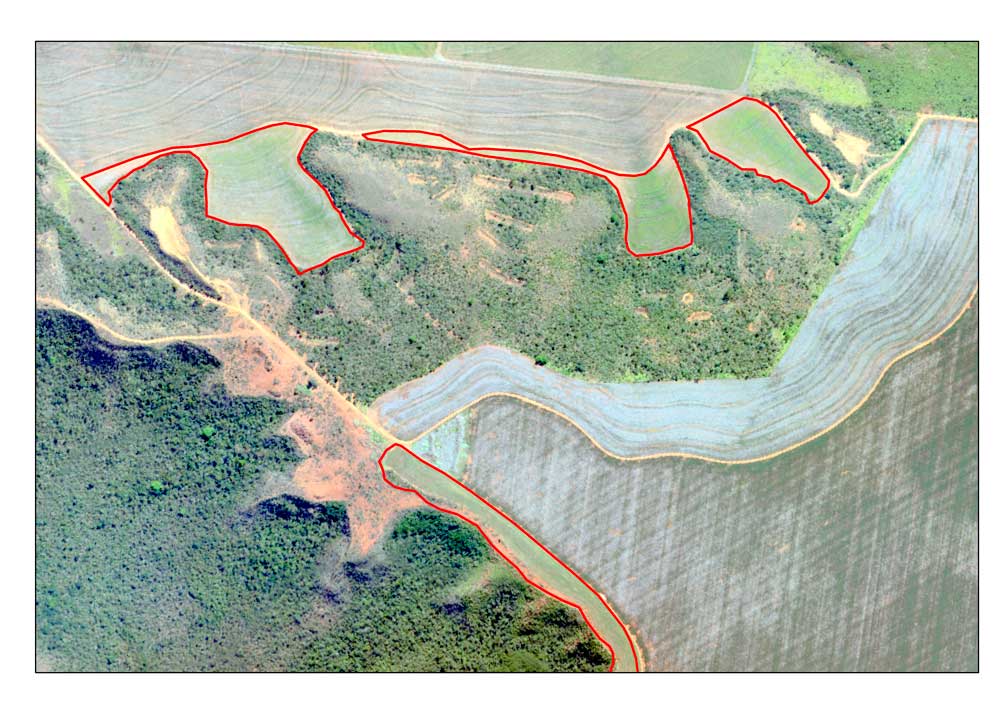
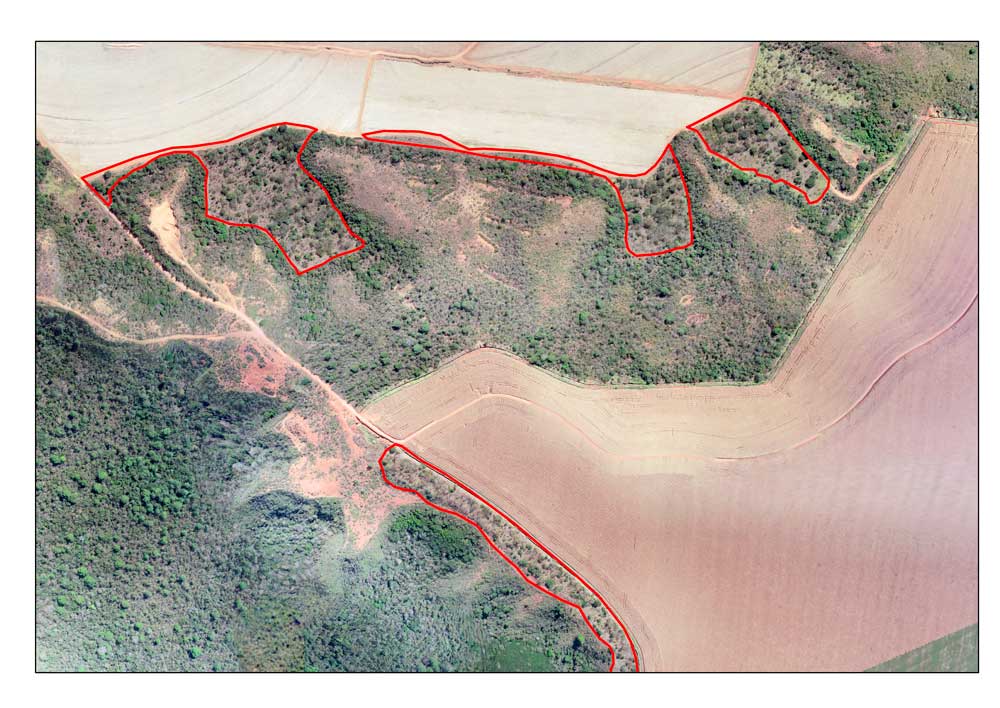
EMAS-TAQUARI REDD+APD PROJECT PHOTO GALLERY
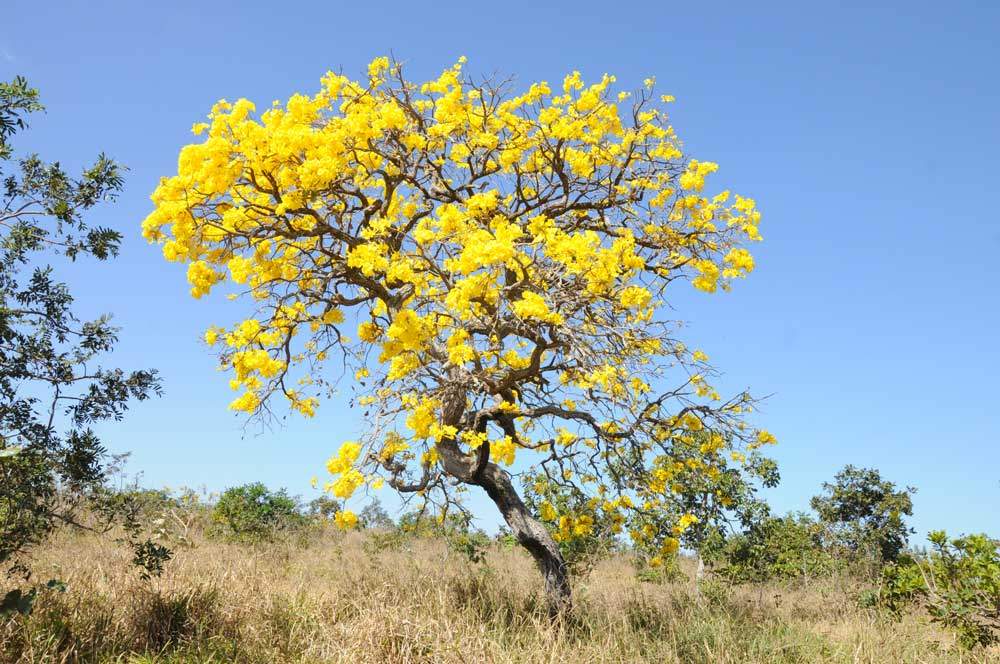
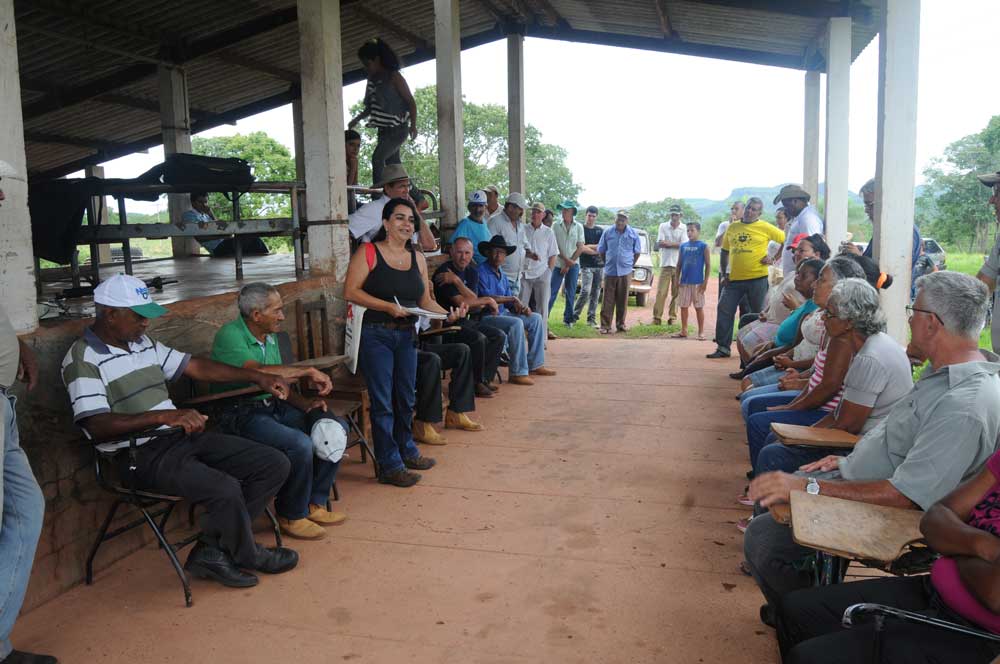
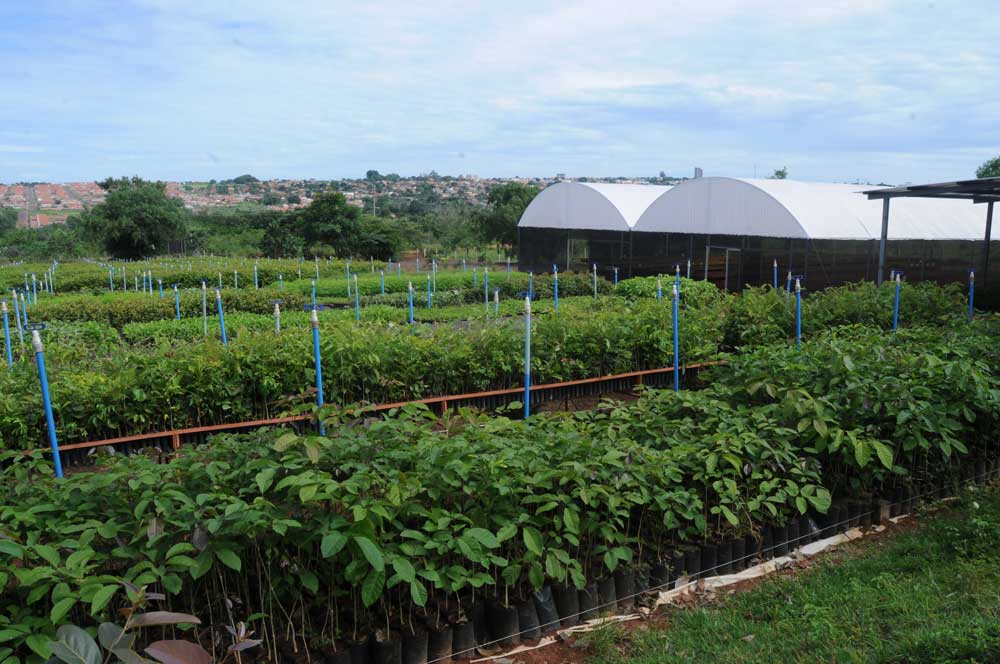
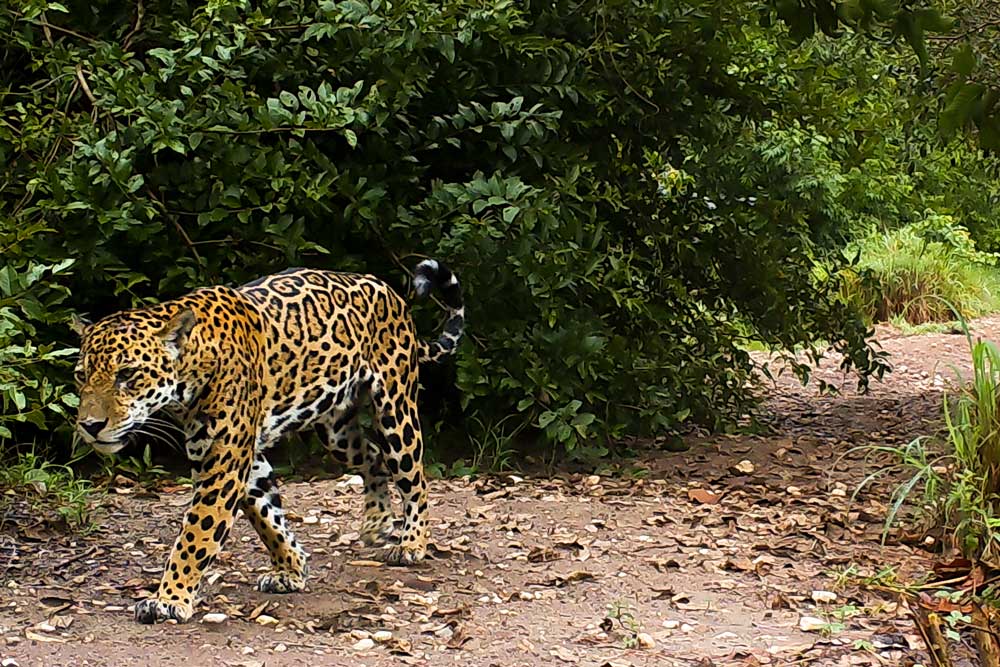
Impact
Climate
2.5+ million* tCO2e to be removed over 40 years of project expansion*
The amount of carbon removed from the atmosphere through the reforestation of degraded areas, equivalent to more than one year of emissions from the municipality of Goiânia/GO (SEEG 2024).
*Projection subject to periodic review.
Community
51 families with access to water
Roughly 50 people trained
34 jobs created
100+ people with improved livelihoods
Development of a network of seed collectors and seedling production in quilombola communities
Biodiversity
255 monitored species (mammals and birds)
17 are threatened with extinction (IUCN Red List)
11 jaguars monitored with GPS collars
Emas-Taquari
Grouped Project
The Emas-Taquari project is validated to the Verified Carbon Standard – VCS and Climate, Community and Biodiversity - CCB (Biodiversity Gold Level) standards, audited annually by an independent Verra-accredited institution. It is the world's first VCS and CCB ARR project in a savannah.






Become a brCarbon partner and profit from the standing forest.
The Emas-Taquari project provides rural landowners with additional benefits, such as the environmental compliance of their land, which adds more value to their products and more productive security, in addition to generating new sources of income. One of the strategies is to introduce species that are native to the Cerrado, especially those that are more interrelated with the fauna and/or have sustainable economic uses, while securing the involvement and benefits of local communities. That is the case with baru nuts, for example, which are used in large concentrations in the reforestation of an 80-hectare area. Six years later, the landowners began to produce baru nuts and their derivatives, thus consolidating their position as an important supplementary source of income.
Check out what some landowners have been saying
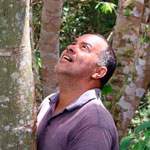

Processo
Desenvolvimento de Projetos

Fase 01


Fase 02


Fase 03


Fase 04


Fase 05


Fase 06


Fase 07


Fase 08


Fase 09

